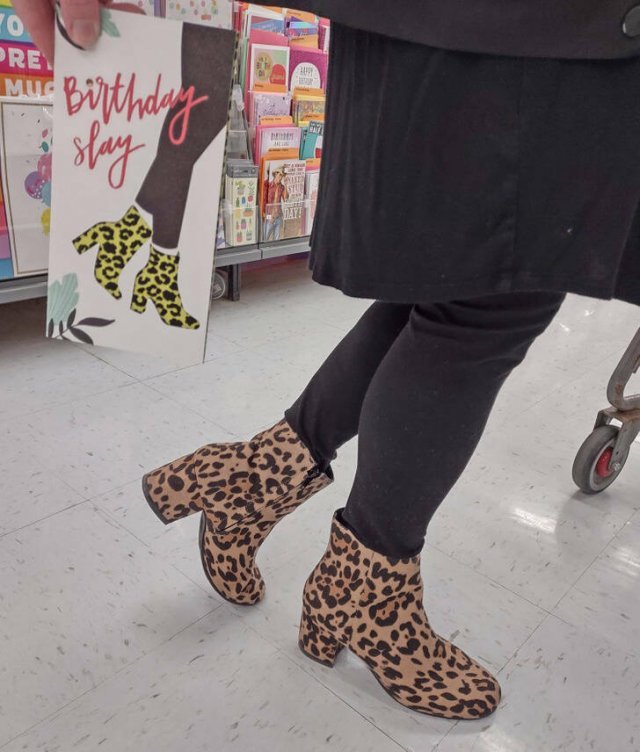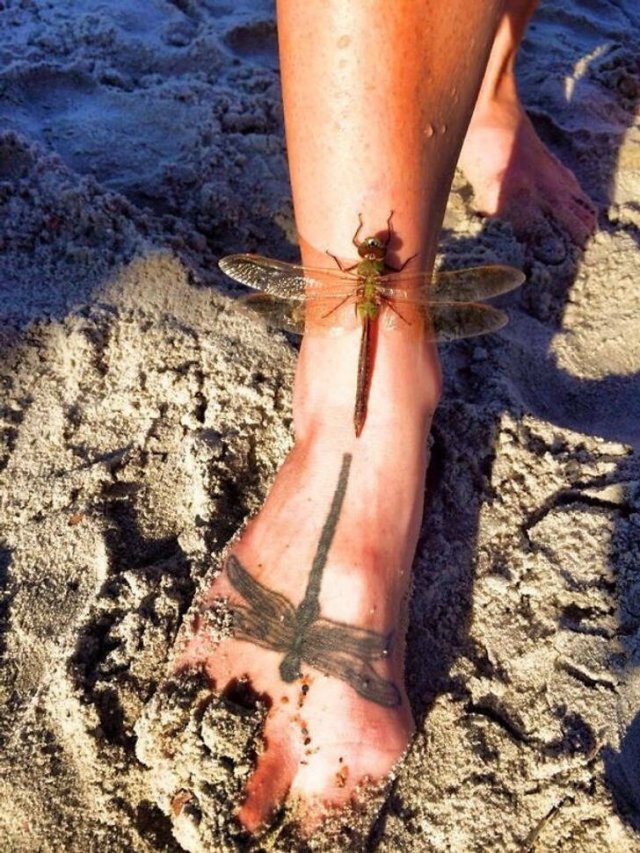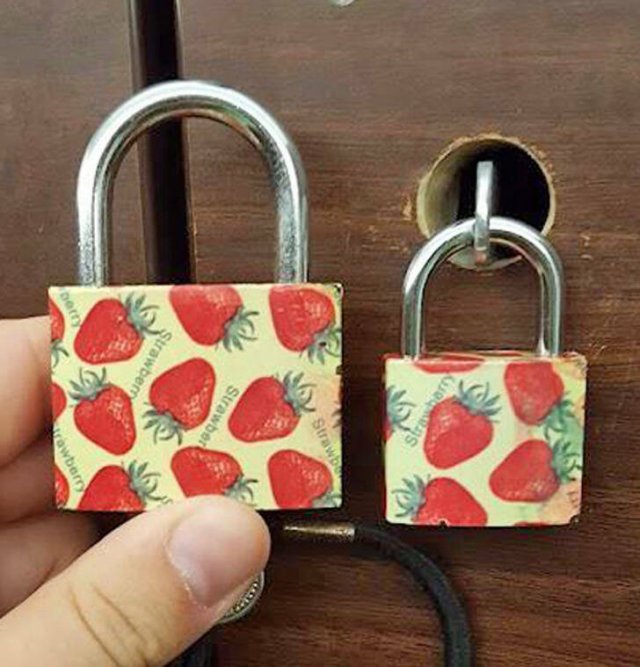Log in
Statistics
We have 476 registered usersThe newest registered user is Yui_fan
Our users have posted a total of 45424 messages in 6659 subjects
THAT’S ENTERTAINMENT
CLICK ON ANY OF THESE LINKS TO FIND OUR EXTREME ENTERTAINMENT
UPDATED :
71 WGT TUTORIALS & 32 YOUNG46 TUTORIALS
CLICK HERE TO SEE OVER 100 YOUTUBE VIDEO TUTORIALS . FROM WGTers , WGT & YOUNG46 FORUM UPDATE
TO THE MANY WELCOME GUESTS . THIS FORUM IS NO LONGER A COUNTRY CLUB WEBSITE FOR A WGT COUNTRY CLUB . PLEASE FEEL FREE TO READ THE FORUMS.
THERE ARE MANY TOPICS OF INTEREST . OR NOT . THIS WEBSITE IS AN INFORMATION AND ENTERTAINMENT WEBSITE ONLY .
MUCH OF THE CONTENT IS ARCHIVES OF PURPOSES PAST .
THERE ARE SOME MORE CURRENT TOPICS .
REGISTRATION IS NOT NECESSARY TO READ THROUGHOUT .
REGISTRATION IS EASY AND FREE . THIS IS AN AD FREE WEBSITE . NOTHING IS EVER REQUESTED FROM REGISTERED MEMBERS .
REGISTRATION ENABLES COMMENTING ON TOPICS . POSTING NEW TOPICS . FULL ACCESS TO THE WEBSITE IMAGE HOST . WHICH IS A VERY COMPLETE AND CONVENIENT TOOL .
PLEASE ENJOY .
TIER & AVERAGE REQUIREMENTS
BASIC LEVEL AND AVERAGE REQUIREMENTS , AND SATURATION

WHILE YOUR HERE
WHILE YOUR HERE :
CHECK OUT THE INCREDIBLE PHOTOGRAPHY IN
MY SERIES
THIS USED TO BE THE HOME OF OUR WORLD CLOCK . WHICH CAN NOW BE FOUND IN ITS OWN FORUM ON THE MAIN PAGE ..
THERE ARE MORE WORLD CLOCKS INSIDE HERE .
WORLD CLOCK
FB Like
Caracal....
Page 1 of 1
 Caracal....
Caracal....

[size=38]Caracal
[/size]
[size=12]COMMON NAME: Caracal
SCIENTIFIC NAME: Caracal caracal
DIET: Carnivore
SIZE: Two feet to 3.5 feet long
WEIGHT: 25 to 40 pounds

IUCN RED LIST STATUS:
[/size]
?
Least concern
LC
NT
VU
EN
CR
EW
EX
LEAST CONCERNEXTINCT
CURRENT POPULATION TREND: Unknown
What is a caracal?
This medium-size wildcat roams the savannas, deserts, and forests of much of Africa and parts of the Middle East. Its coat is typically a tawny or reddish gold with a white chin, throat, and underside.
All cats are regal, of course, but the caracal actually seems to have a crown: Its large, pointy ears, tipped with black and tufted, are a trademark of the species.
These extraordinary ears each have over 20 muscles that swivel around like satellite dishes to detect sounds of their prey. The tufts may enhance sound going into their ears or be used to communicate—via twitches and other movements—with other caracals.
Powerful hunters
The fastest of the smaller African wildcats, caracals are supreme hunters. Their sandy-colored coats provide camouflage, and stiff fur cushioning their footpads makes them nearly silent stalkers.
Caracals are opportunistic predators, going after whatever they can find, including birds, rodents, mongoose, hyraxes, and even small monkeys.
Strong hind legs allow them to leap up to 10 feet high and grab birds from midair with their thick, hooked claws. Caracals will sometimes climb trees and cache their prey, like leopards.
Reproduction
Caracals sexually mature around one year to 16 months old and can mate year-round.
Females advertise their readiness to mate with urine marking, and responding males will fight for access. While the species is mostly solitary, various males will stay with females for several days, mating multiple times during that period.
Pregnancy lasts up to about 2.5 months, and mothers will use the abandoned burrow of another animal, like an aardvark, as a birthing den. Litters average around three kittens, with six being the maximum. Kittens are born blind and deaf. Their eyes will open at about 10 days old, around the same time their incisors first become visible.
Females raise the kittens without help from the males, nursing the kittens for four to six months, though kittens can eat meat by the time they’re a month old. By nine or 10 months old, kittens are ready to leave their mothers. Males disperse much farther than females, maintaining ranges about three times larger. The predators live to be about 12 years old in the wild.
Conservation concerns
Caracals are not declining in most of their range, but there are still threats to their populations. These include habitat destruction due to agriculture and retaliation killing, as caracals will hunt small livestock if given the opportunity.
The species is legally protected throughout much of its range. Landowners in Namibia and South Africa are permitted to kill a caracal when it is considered a threat to their property.

[size=14]Hermes is a well-known male caracal that has become highly habituated to people.
PHOTOGRAPH BY JAY CABOZ
[/size]
[size=38]This wild African cat has adapted to life in a big city surprisingly well
Caracals have learned to hunt around the urban edges of Cape Town, though the predator faces many threats, such as getting hit by cars.
BYHEATHER RICHARDSON
PUBLISHED NOVEMBER 11, 2021
• 10 MIN READ
[/size]
CAPE TOWN, SOUTH AFRICA The caracal sat on the trail ahead of us, appearing calm as it watched our group of three hikers huff up the lower mountain slope on a warm October evening.
Cape Town’s streetlights blinked below, while the sheer rockface of Table Mountain rose on one side. We stood still, expecting the animal to retreat. Instead, he trotted right past us, the pool of light from our lowered headlamps illuminating his burnt-orange coat; round, pale eyes; and distinctive large, pointed ears topped with long black tufts. Pausing for a brief backward glance, the leggy feline vanished into the bushes. (Read: “Out of the shadows, the wildcats you’ve never seen.”)
We knew immediately it was Hermes—a caracal habituated to humans that’s often spotted by hikers and trail runners around the 61,776-acre Table Mountain National Park, which is within the city limits of the South African capital. The caracal, believed to be four to five years old, has become something of a poster animal for wildlife conservation in Cape Town, a city on the Cape Peninsula whose population has grown from 1.1 million in 1970 to 4.7 million today. The seaside metropolis, with its mountain in the middle of the city, hosts a plethora of urban wildlife, from baboons to snakes to penguins.
Shy, usually nocturnal cats found in various landscapes across Africa and Asia, caracals are not in danger of extinction. But caracals in Cape Town are notable in another way: They’re the area’s apex predator, since leopards were hunted off the Cape Peninsula in the early 20th century. Native to the peninsula, caracals have only recently been recorded venturing into more urban areas, likely drawn by easy-to-catch prey such as Southern African vlei rats and guinea fowl, says Gabriella Leighton, a researcher at the University of Cape Town who led a recent paper on caracal behavior. Scientists estimate there are probably around 60 caracals on the Cape Peninsula at any given time.
“They’re opportunistic predators—they’ll just take whatever’s easiest,” says Leighton.

Hermes travels through Table Mountain National Park.
PHOTOGRAPH BY HILTON DAVIES
As the striking, 1.5-foot-tall felines have become accustomed to people, they’ve been spotted throughout the city’s natural areas, from heavily trafficked hiking trails to the Kirstenbosch Botanical Garden to popular Clifton Beach at sunset.
Many of the cats—especially those in the northern, more developed part of Table Mountain (where I encountered Hermes)— prefer to hunt around the urban edge, which includes suburbs, roads, and vineyards. This is risky, however, since such areas pose threats to the animals, particularly getting hit by cars—the leading cause of death for Cape Town caracal. The cats face other pressures, to a lesser extent, from poisons, dog attacks, and snares, says Laurel Serieys, a wildlife biologist at the conservation organization Panthera, who founded the University of Cape Town’s Urban Caracal Project in 2014. A lack of genetic diversity, due to the urban development hemming the animal in, is also a major threat for the caracal’s future in the city, she says.
Even so, caracals “can adapt to human activity in ways that were not expected,” says Serieys, such as adjusting their behavior to avoid being seen by people in busy areas. “That was a very cool surprise.”
Research also shows that caracals from the less developed southern section of the peninsula tend to avoid urban fringes, showing how their behavior changes in different environments.
So far, most Capetonians have welcomed caracals, embracing citizen scientist roles by reporting caracal sightings (as well as road-killed animals) to the Urban Caracal Project. Though some caracals have killed pet cats, research shows Cape Town’s caracals predominately hunt wild prey.
Laying the groundwork
Prior to 2014, no one had studied the peninsula’s caracals, Serieys says, in large part because people doubted they were even there. She had to convince South African National Parks to grant her a permit to study a population they didn’t think existed on Table Mountain.
Since then, Serieys and colleagues have learned more about the urban cats’ movements, diet, genetics, and threats. They’ve fitted 26 caracals with GPS collars, conducted necropsies, set up camera traps around the city, and collected photos and videos of caracal sightings from the public. (Read more about how wild animals are hacking life in the city.)
“Just getting on the ground and learning what’s there, and what threats exist to those animals is important,” Serieys says.
So far, their results show that vehicle collisions accounted for more than 70 percent of recorded caracal deaths in Cape Town between 2015 and 2020. Poison is another hazard: Ninety-two percent of dead caracals that Serieys tested had consumed anticoagulant rodenticides, an often fatal exposure.
Caracals get caught in snares set to catch smaller prey items, or fall victim to dogs, which can also pass on diseases such as canine parvovirus, according to Serieys.
To reduce vehicle strikes of caracals, in January, the project team installed reflective caracal signs along seven common roadkill sites in Cape Town, though they’ve yet to collect data to show if it’s working to reduce deaths. The team has also suggested that the city put in speed bumps at frequent caracal-crossing locations.
Protecting endangered penguins
Though domestic animals make up less than four percent of the caracal diet, according to one study, some Cape Town residents are not in favor of the wild cats in their midst.
Many Capetonians have adapted to life with caracals by keeping their pets indoors at night or erecting “catios,” enclosed spaces where cats can safely enjoy the outdoors. Both measures are recommended by the Urban Caracal Project.
Caracals have learned how to live hidden in plain sight along the urban edge, which includes suburbs, vineyards, and roads.
PHOTOGRAPH BY LUKE NELSON
In some Cape Town eco-estates—suburban residential developments that market themselves as environmentally friendly—a few residents have demanded the removal of caracals from the area, both at neighborhood meetings and on social media.
Catching a caracal and releasing it into a new location rarely works, according to Urban Caracal Project biologists, partly because another caracal will most likely replace it.
That’s exactly what happened in 2016 at Boulders Beach, a pocket of Table Mountain National Park in a southern Cape Town suburb, which is home to a colony of 2,000 to 3,000 endangered African penguins. (Learn how Africa’s only penguins face an uncertain future.)
A female caracal that had found the penguin colony was caught and translocated, and she settled in an area close to the release site. However, her male offspring then replaced her in the colony and [url=https://academic.oup.com/jue/article/6/1/juaa019/5909966#:~:text=Yet a few months later, this %E2%80%98vacancy%E2%80%99 was filled by another caracal which proved much harder to catch (it took more than a year)]evaded capture for nearly a year[/url], killing an estimated 260 penguins. He was eventually translocated to a nearby open nature reserve on the bay, but within a few days he left the protected area and was hit by a car.
Fortunately, there’s no evidence caracals actively seek out penguins, but when they do happen across a colony, “it’s like a kid finding a [candy] shop,” says Gregg Oelofse, Cape Town’s head of coastal environmental management. The city works with South African National Parks on issues such as caracal predation at Boulders, since it involves both city and park land.
While waiting for Oelofse in the Boulders parking lot, I watched the penguins pottering around vehicles, seemingly unconcerned about traffic or humans. Their lack of instinct for terrestrial danger—African penguins mostly live on islands—is one reason the Boulders colony needs so much protection.
Nowadays, if a caracal breaks into the penguin colony, the protocol is to catch and euthanize it, since penguins are the conservation priority. However, that’s a worst-case scenario, Oelofse tells me, and prevention is the focus.
To that end, the city has installed a predator-proof fence, topped with rolling cylinders to make it difficult for caracals to breach it. So far, it’s proven successful in deterring the skilled jumpers, he says.
Using his phone, Oelofse showed me camera-trap photos taken along the fence: In one, a caracal trots along the fence away from the coastline, as intended. In another, I couldn’t see even see the well-camouflaged cat until Oelofse pointed out a pair of pointy black-tufted ears poking into the frame.
No room to roam
As an isolated population, caracals are also threatened by their restricted gene pool. Serieys has unpublished data showing that the peninsula’s 60-some caracals are inbreeding—something that reduces the local population’s health, eventually driving it to extinction.
This is because the land around Table Mountain has been developed to a point that most wildlife is now restricted, no longer able to disperse onto or off the mountain to widen their gene pools.
The last viable corridor from Table Mountain is a narrow strip around False Bay, but it’s also a potential site for residential development.
“We want to keep those corridors and those greenbelts, but we have to also make concessions to allow communities [to develop],” Oelofse says. It’s part of the constant struggle of “trying to find a good balance” between people and wildlife.
For the rare caracal that does make it onto the peninsula from outside the city, claiming a home range and then breeding will be “super difficult” among the already established individuals, Serieys says.
Cape Town caracals, she says, “still have a lot of challenges ahead of them.”
Page 1 of 1
Permissions in this forum:
You cannot reply to topics in this forum
 Events
Events















































































» QUIZ DAILY ANSWER PAGE
» MAY NATIONAL CELEBRATION DAYS MAY 20 2024
» YOUTUBE SHORTS MUSICIANS ONLY...11
» YOUTUBE SHORTS * AGT...2 *
» YOUTUBE SHORTS respect only...6
» YOUTUBE SHORTS OFF THE WALL...22
» YOUTUBE SHORTS SPORTS ONLY...7
» LET's GO SHORTS & GIF's...7
» YOUTUBE SHORTS WWE...22
» ASIAN HOTTIES
» YOUTUBE SHORTS ANIMALS ONLY...4
» HEY JOE * MUSIC COMPILATION OF WILD SHIT *
» Unbelievable Dashcam Captures: Crazy Moments on the Road Compilation!
» YOU TUBE SHORTS MUSICIANS ONLY...10